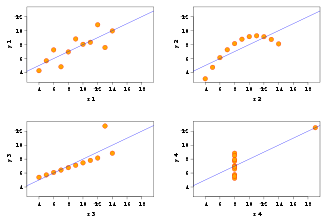A lot of Macintosh APIs take or return a 32-bit value that is supposed to be interpreted as a four character long string. (Anything using one of the types FourCharCode, OSStatus, OSType, ResType, ScriptCode, UInt32, CodecType probably does this.) The idea is that the value 1952999795 tells you less, and is harder to remember, then 'this'.
It’s a good idea, unfortunately there isn’t a simple way to print integers as character strings. So you have to write your own code to print them out correctly, and since it has to print correctly on both big endian and little endian machines this is tricker then it should be. I’ve done it incorrectly before, but more importantly so has Apple’s own sample code!
Here are the best solutions I’ve found. Please let me know if you have a better way, or if you find any bugs. (The code is public-domain, so use it any way you please.)
FourCharCode to NSString:
use NSString *NSFileTypeForHFSTypeCode(OSType code);
Results are developer-readable and look like: @"'this'", but Apple says “The format of the string is a private implementation detail”, so don’t write code that depends on the format.
FourCharCode to a C-string (char*):
use the C-macro
#define FourCC2Str(code) (char[5]){(code >> 24) & 0xFF, (code >> 16) & 0xFF, (code >> 8) & 0xFF, code & 0xFF, 0}
(requires -std=c99; credit to Joachim Bengtsson). Note that the resulting C-string is statically allocated on the stack, not dynamically allocated on the heap; do not return it from a function.
If you want a value on the heap, try:
void fourByteCodeString (UInt32 code, char* str){
sprintf(str, "'%c%c%c%c'",
(code >> 24) & 0xFF, (code >> 16) & 0xFF,
(code >> 8) & 0xFF, code & 0xFF);
}
In GDB, you can print a number as characters like so:
(gdb) print/T 1936746868
$4 = 'spit'
(via Borkware’s GDB tips)
If you do end up rolling your own FourCharCode printer (and I don’t recommend it!), then be sure to use arithmetic/shifting to extract character values from the integer. You can not rely on the layout of the integer in memory, because it will change on different machines. Even if you are certain that you’re code will only run on an x86 machine, it’s still a bad idea. It limits the robustness and reusability of your code. It sets you up for an unexpected bug if you ever do port your code. And things change unexpectedly in this business.
Printing a FourCharCode is harder then it should be. Experienced developers who should know better have been bitten by it (and so have I). The best solution is probably a %format for printf/NSLog that prints integers as character strings. Unfortunately, it doesn’t look like we’ll be seeing that anytime soon.
